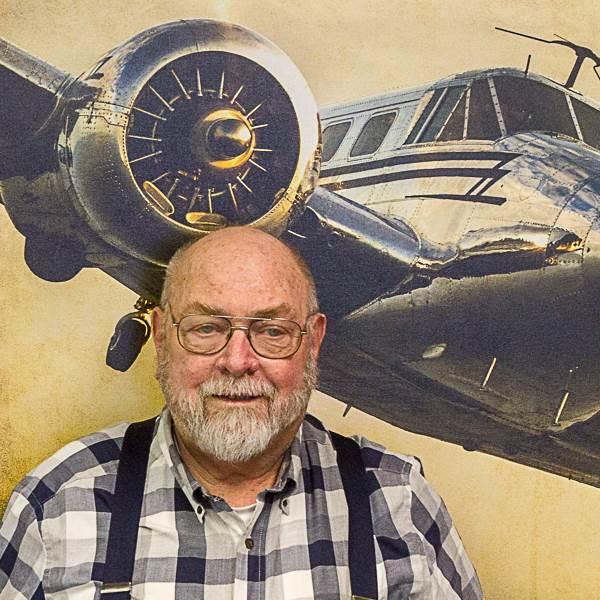Training and Safety Tip: Knowing when to stop
180-degree turns sound easy until they are not
Forty-five years ago, before I was instrument-rated, I was flying from Garden City, Kansas, to Oklahoma City. At about 5 p.m. on that October afternoon, air traffic control advised me of a line of thunderstorms northwest of Oklahoma City along my route of flight. The controller suggested I turn east to Enid, Oklahoma, and approach Oklahoma City from the north.
As this was a change in my flight plan, I had to find the Enid VOR frequency. When I looked up, I found myself in a cloud, technically known as visual flight rules (VFR) flight in instrument metrological conditions (IMC).
The 180-degree turn was easy, because of good training and recent flight currency. That I was directed to turn east to Enid helped, because I needed to turn to a heading of west to complete the 180-degree turn. If I had not been told to turn east, and under the pressure of the circumstances, would I have remembered to check and determine what heading I needed to turn to? In training, I was instructed to time the turn for one minute, but threatened by a real situation, would I have remembered that? Ever since that event I have told this story to my students and have emphasized these words: “Make sure you know when to stop your 180-degree turn.”
Remember to be prepared. That is what safe flying is about.



